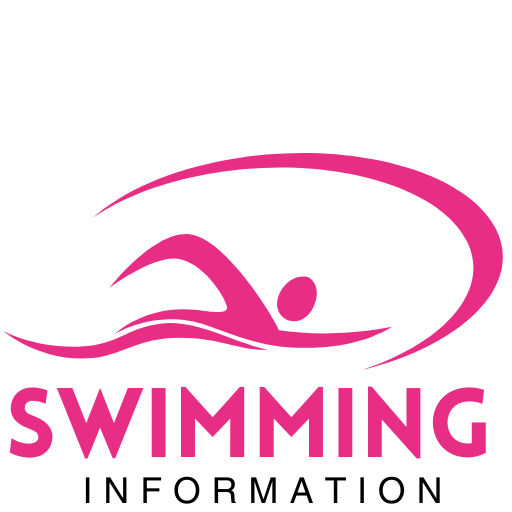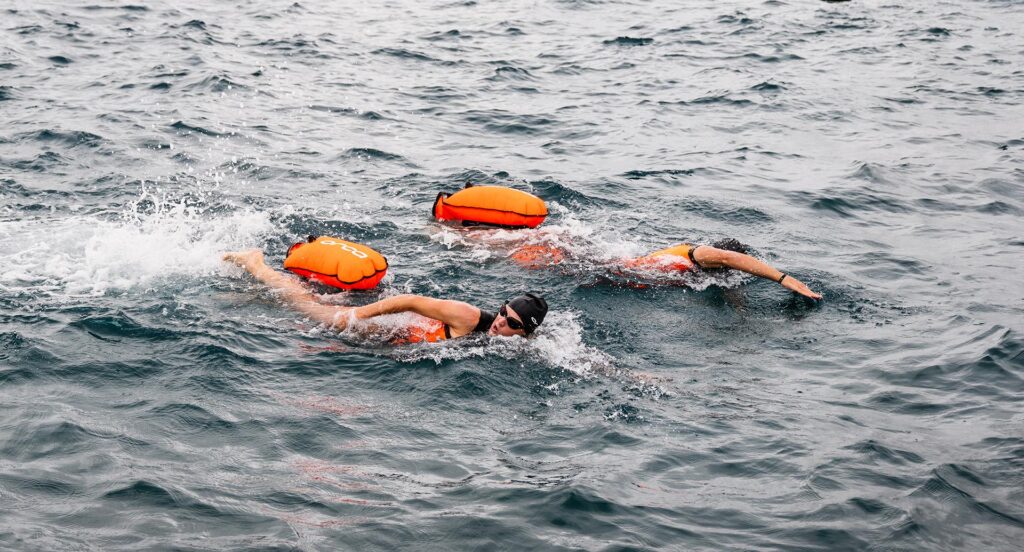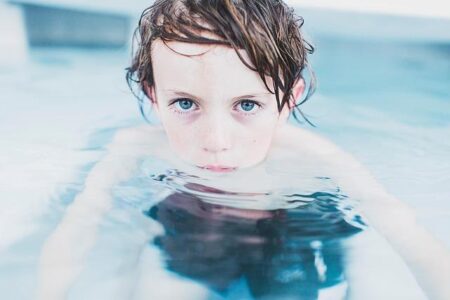For the first time in nearly 100 years, the historic Chicago River will play host to an open water swimming race, marking a milestone for the city’s aquatic sports community. This unprecedented event, organized by Advnture, is set to attract swimmers from across the nation, eager to navigate the iconic waterway and revive a long-dormant tradition. As participants prepare to dive into the urban current, the race promises to showcase both athletic endurance and Chicago’s unique riverfront charm.
Open Water Swimming Returns to the Chicago River After Nearly 100 Years
After nearly a century of silence, the Chicago River is set to welcome open water swimmers once again, sparking excitement across both local and national aquatic communities. The upcoming event will feature athletes competing along a carefully mapped course that highlights the city’s iconic skyline and revitalized waterfront. Organizers have emphasized stringent safety measures, including water quality monitoring and support teams, to ensure a secure environment for participants of all skill levels. This reopening marks a significant milestone in Chicago’s outdoor sports calendar, merging urban vibrancy with the thrill of open water competition.
Key elements of the race include:
- Distances ranging from 500 meters to 2 kilometers
- Timed starts to reduce congestion and promote social distancing
- Environmental initiatives to protect the river’s ecosystem
- Community outreach programs to encourage local involvement
| Race Category | Distance | Expected Duration |
|---|---|---|
| Beginner | 500 m | 10-15 mins |
| Intermediate | 1 km | 20-30 mins |
| Advanced | 2 km | 40-50 mins |
Examining the Challenges and Safety Measures for Swimmers in Urban Waterways
Swimming in urban waterways presents a unique set of challenges that demand careful consideration from both organizers and participants. The Chicago River, known for its industrial past and dense urban infrastructure, poses significant hurdles such as fluctuating water quality, unpredictable currents, and limited visibility. To tackle these issues, race officials have implemented rigorous water testing schedules and real-time monitoring systems to ensure the environment meets strict safety benchmarks. Furthermore, dedicated safety crews equipped with rescue boards and boats will patrolling the course, strategically positioned to respond immediately in case of emergencies.
Beyond environmental concerns, swimmer safety protocols have been enhanced with the introduction of mandatory wetsuits to combat Chicago’s chilly river temperatures, along with GPS tracking devices for each participant. These measures create a robust safety net, minimizing risks in this first-of-its-kind urban open water event. The table below outlines the core safety initiatives deployed during the race:
| Safety Measure | Description |
|---|---|
| Water Quality Monitoring | Continuous sampling before and during the race to ensure safety standards |
| Rescue Teams | Patrolling boats and lifeguards strategically placed along the route |
| Mandatory Wetsuits | Protect swimmers from cold temperatures and potential contaminants |
| GPS Tracking | Real-time location monitoring for all participants to enhance safety |
- Pre-race health screenings to prevent medical emergencies
- Clear signage and marshals along riverbanks for route guidance
- Environmental impact assessments to protect local wildlife
Expert Tips and Training Advice for Participants Tackling the Historic Chicago River Race
Participants preparing to brave the historic Chicago River should prioritize acclimating to the river’s unique conditions. Unlike traditional open water venues, the river’s varying currents and temperatures demand tailored practice sessions. Experts emphasize the importance of interval training combined with endurance swims to build both speed and stamina. Incorporating sighting drills into your routine will also prove invaluable, as visibility can shift dramatically beneath the city’s iconic bridges. Adequate hydration and nutrition strategies tailored for colder water temperatures can help mitigate risks of early fatigue and cramping.
Beyond physical preparation, swimmers are encouraged to strategize their race day approach by understanding the course layout and pinpointing critical “energy zones.” Experienced coaches recommend focusing on stroke efficiency to conserve energy when navigating potentially choppy sections and practicing rapid recovery techniques to maintain momentum. Below is a quick checklist of essentials to integrate into your training regimen:
- Cold water acclimatization: progressive exposure sessions
- Opposing current drills: build strength and adaptability
- Sighting practice: improve navigation under obstructions
- Breath control exercises: enhance oxygen efficiency
- Nutrition timing: optimize energy levels pre-race
| Training Element | Recommended Frequency | Key Benefit |
|---|---|---|
| Endurance swims | 3 times/week | Boost stamina for race duration |
| Interval sprints | 2 times/week | Improve speed and recovery |
| Sighting drills | Daily during river sessions | Better course navigation |
| Cold water exposure | 3 times/week | Increase tolerance to temperature |
To Wrap It Up
As the sun sets on the historic Chicago River, the return of open water swimming after nearly a century marks a thrilling chapter for both athletes and the city alike. This unprecedented event not only celebrates Chicago’s rich aquatic heritage but also signals a new era of adventure and community engagement on its iconic waterways. Organizers and participants are hopeful that this race will inspire more open water events in the future, reaffirming the river’s place as a vibrant hub for sport and recreation. Stay tuned as this exciting story continues to unfold along the banks of the Chicago River.





